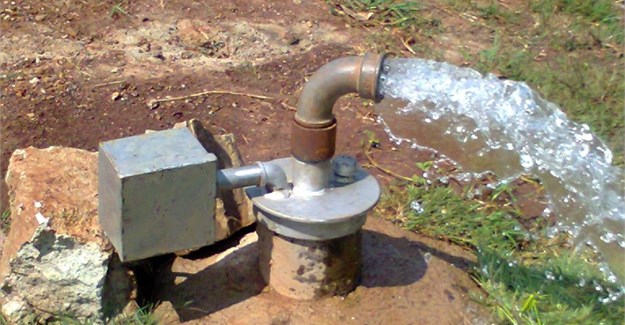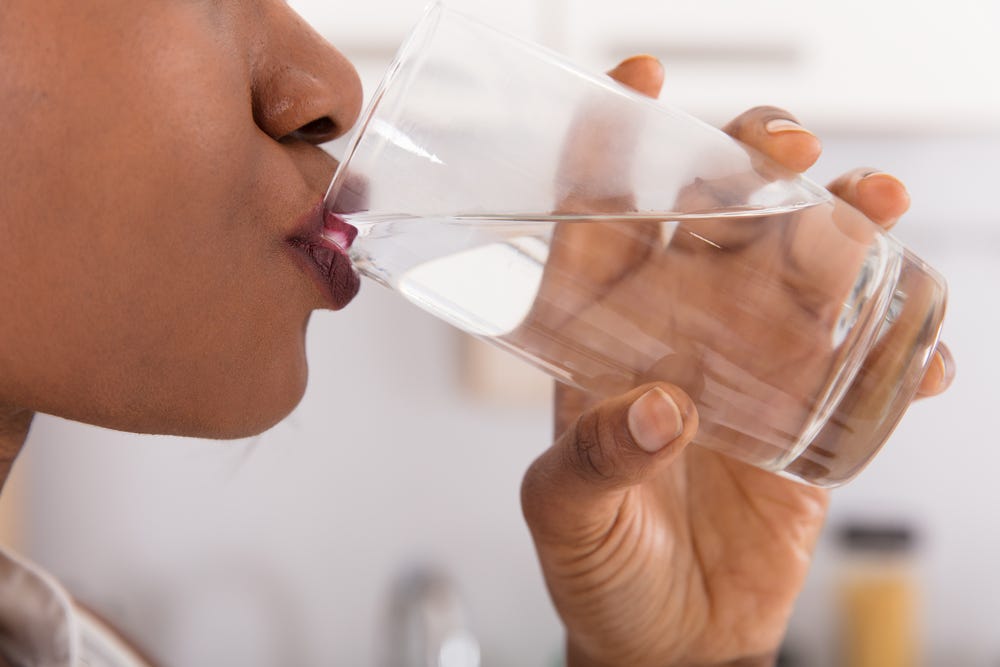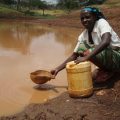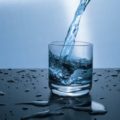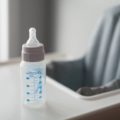Safe and readily available water is important for public health, whether it is used for drinking, domestic use, food production, or recreational purposes. Improved water supply and sanitation, and better management of water resources, can boost countries’ economic growth and can contribute greatly to poverty reduction.
Borehole drilling has a long history. By at least the Han Dynasty (202 BC – 220 AD), the Chinese used deep borehole drilling for mining and other projects. The British sinologist and historian Michael Loewe states that borehole sites could reach as deep as 600 m (2000 ft). The Chinese method of deep drilling was accomplished by a team of men jumping on and off a beam to impact the drilling bit while the boring tool was rotated by buffalo and oxen.
Getting enough water every day is important for your health. Drinking water can prevent dehydration, a condition that can cause unclear thinking, result in mood change, cause your body to overheat, and lead to constipation and kidney stones.
Is Water From A Borehole Safe To Drink?
Borehole water is rich in naturally occurring minerals and hasn’t been treated or altered with any man-made chemical additives. When you’re drinking water from the municipal supply, the water has inevitably been treated and chlorinated in an effort to render the water “safe for human consumption”. This process, while removing harmful bacteria growing in dams and other large stagnant bodies of water, also removes all the naturally occurring nutrients and minerals found in natural groundwater sources.
When you drink the water straight from your personal groundwater source, it has been filtered and cleaned for you by mother earth herself, while leaving behind all the good-for-you minerals! Not only is borehole water better for you from a water-consumption perspective, it is also typically kinder and gentler to the skin if you’re showering and/or bathing in it. Water from the municipal supply is chemically altered and can be bad for skin and hair and cause adverse reactions, especially in those with allergies and hyper-sensitive skin and/or eyes.
In addition to drinking, the water can also be useful for gardens and irrigation purposes as a practical alternative to mains water. Once your system is in place, hefty water bills become a thing of the past. Boreholes are also a cleaner source of water and a more environmentally-friendly method of water extraction. A study on borehole water quality from basement complex and sedimentary terrain reported that it is good for purposes such as drinking and domestic use. The WHO Guidelines for Drinking-water Quality (GDWQ) provide a point of reference for drinking water quality regulations and standards-setting worldwide. The Guidelines are kept up to date through a process of ‘rolling revision’ that includes the development of accompanying documents substantiating the content of the guidelines and providing guidance on experience with good practice in achieving safe drinking water. Studies have also shown the need to monitor boreholes in order n to ensure that all boreholes are functional and provide safe drinking water to rural communities. SEE: Five Qualities Of A Good Water
What are the main sources of Borehole Contamination?
The main source of borehole contamination is from leaking septic and fuel tanks and from animals kept close to the borehole location. All borehole installations must be properly sealed below ground level either by grouting or concreting a steel casing into a clay type zone or into a rock head or by sealing any PVC casing or well screen to at least 5 meters below ground level.
How To Prevent Contamination Of Drinking Water Sources
Whether your drinking water comes from a borehole, lake, river, reservoir, or other source of groundwater, it is important to protect the source from contamination. One of the best ways to protect your drinking water is to prevent pollution from getting into your drinking water source. Your drinking water can become polluted with animal waste, fertilizer, pesticides, herbicides, motor oil, gasoline, and other substances as they get carried to the source by runoff pollution.
All public water systems have identified potential sources of contamination and are working on source water protection plans. You can get involved in protecting your drinking water too by contacting your water provider. If you have your own drinking water borehole or well, you can take steps to protect your water source. Be sure the well cover, cap, and casing are in good repair, and install a locking well cap. Keep hazardous chemicals like paint, fertilizer, pesticides, gasoline, and motor oil away from your well. Check your well each month for visible signs of cracking or corrosion. Keep the area around your well clean and free of debris. Do not pour harmful chemicals on the ground and don’t overuse fertilizers and pesticides. Have your septic system checked each year, and pumped every 3-5 years. Dispose of household chemicals properly. Never pour them in your yard or down a storm drain. Remember to properly dispose of unwanted medicine, don’t flush or pour down a drain. After being flushed or poured down a drain, many medicines pass through sewer and septic systems and because these systems (septic and sewer systems) cannot always treat or remove the medicines, they may end up in streams, lakes, and groundwater which could be sources of drinking water. SEE: World Health Organization (WHO) Drinking Water Standards Table


